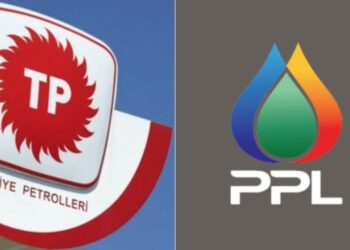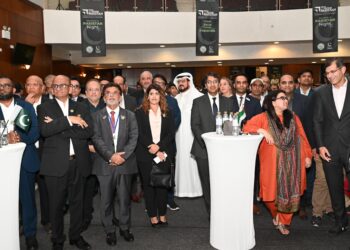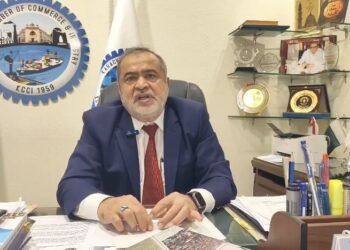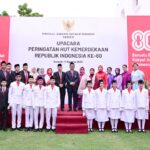The investment will play a crucial role in
various sectors, including health, education
youth development, and more
Correspondent
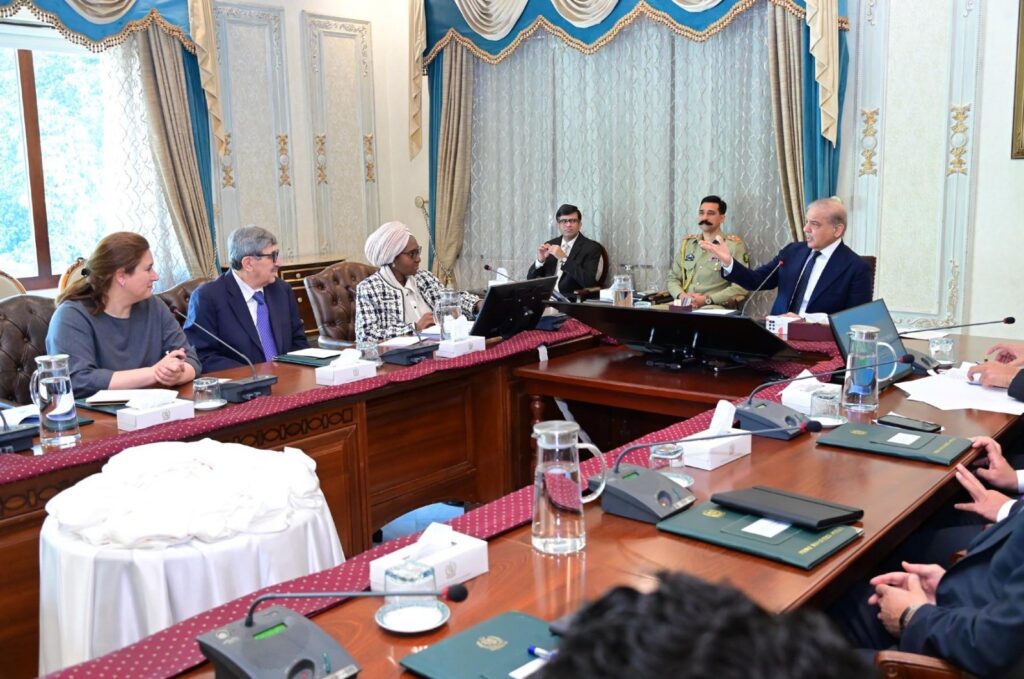
Islamabad: Prime Minister Shehbaz Sharif has welcomed a significant $40 billion investment from the World Bank, marking a new phase of economic development for Pakistan. According to a statement from the Prime Minister’s Office, the investment will play a crucial role in various sectors, including health, education, youth development, and more.
The announcement follows a previous commitment by the World Bank in January, where it pledged $20 billion under a 10-year Country Partnership Framework (CPF) to support Pakistan’s sustainable development.
Investment Breakdown and Focus Areas
PM Shehbaz welcomed the delegation of nine World Bank executive directors in Islamabad, where he confirmed the investment of $40 billion under the World Bank’s CPF. Half of this investment—$20 billion—will target Pakistan’s private sector through the International Finance Corporation (IFC). The remaining $20 billion will focus on projects aimed at improving essential sectors such as health, education, and youth development.
PM Shehbaz expressed his gratitude for the World Bank’s trust in Pakistan’s economic policies, emphasizing the government’s focus on institutional and economic reforms. He acknowledged that although progress has been made, there is still work to be done for achieving sustainable economic growth.
Progress on Economic Reforms and Partnerships
The Prime Minister highlighted the positive impact of Pakistan’s partnership with the World Bank, particularly in the aftermath of the devastating 2022 floods. He also credited the country’s economic reforms for improving exports, remittances, and investment in manufacturing.
World Bank executives lauded Pakistan’s economic reform progress and noted its positive results. They praised the country’s swift development under the leadership of PM Shehbaz, calling it a “positive development.”
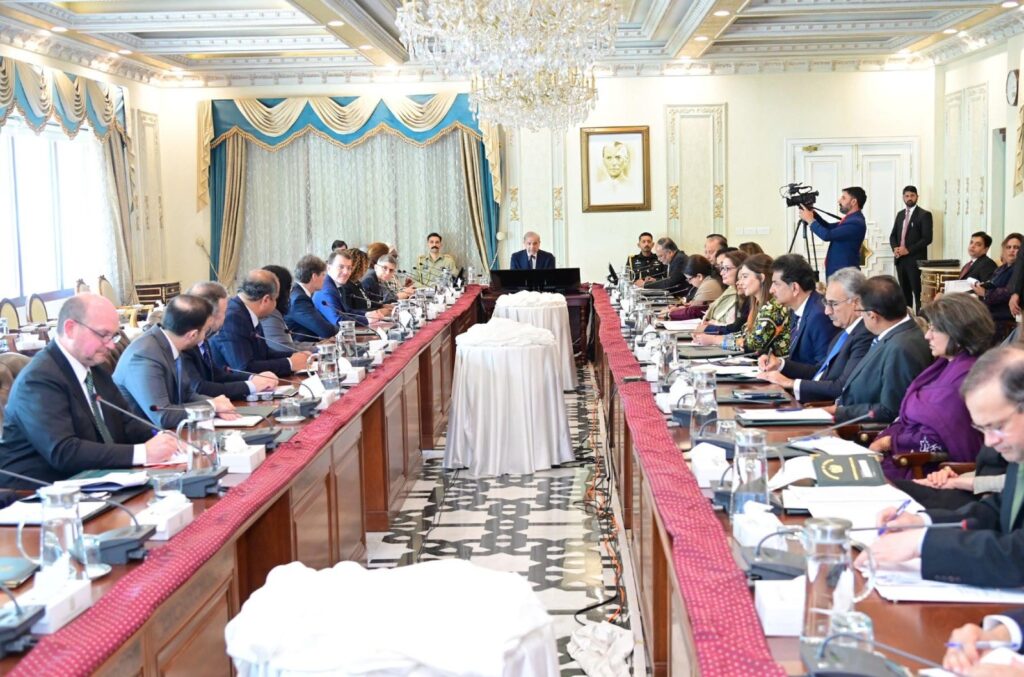
World Bank’s Comprehensive Engagement with Pakistan
In an interview with Nikkei Asia on February 14, Najy Benhassine, World Bank’s country manager for Pakistan, described the CPF as a “comprehensive engagement” rather than a loan program. He emphasized the provision of technical assistance, advisory services, and analytical support, in addition to financing.
The CPF is designed with long-term goals in mind, ensuring flexibility to adjust to evolving circumstances and challenges.
Financial Breakdown and Future Prospects
While the estimated funding for the CPF is around $30-40 billion over 10 years, the lending envelope for FY26-35 is expected to total around $20 billion. This will include $14 billion from the International Development Association (IDA) and $6 billion from the International Bank for Reconstruction and Development (IBRD).
The World Bank’s IDA has already committed $100 billion under IDA21, and the IBRD has provided over $48.3 billion in assistance since 1950, with ongoing projects totaling $17 billion in Pakistan.
PM’s Economic Reform Updates
The Prime Minister further updated the World Bank delegation on the country’s economic reforms, citing several positive developments. He highlighted growth in exports and remittances, a rise in manufacturing investment due to low interest rates, and progress in digitization within the Federal Board of Revenue (FBR).
In the power sector, PM Shehbaz noted the country’s achievement of “uninterrupted power supply” and a reduction in energy deficits. Additionally, the creation of the Special Investment Facilitation Council (SIFC) has made Pakistan’s investment environment more attractive to both local and foreign investors.
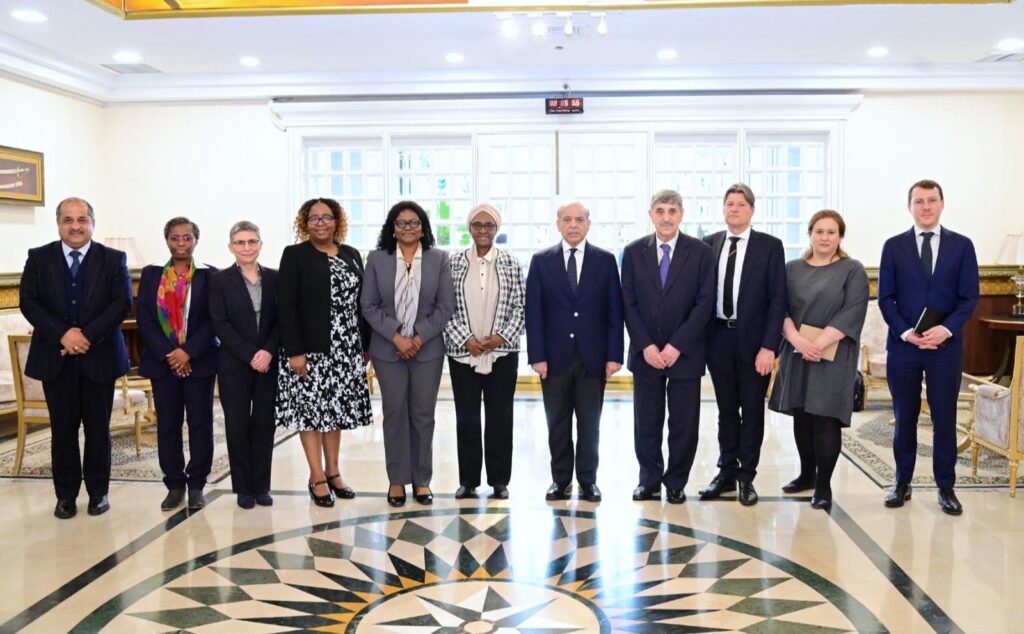
Conclusion
The $40 billion investment by the World Bank is poised to open new avenues for Pakistan’s growth and development. With continued reform efforts and strengthened partnerships, Pakistan’s economic future looks increasingly promising.

